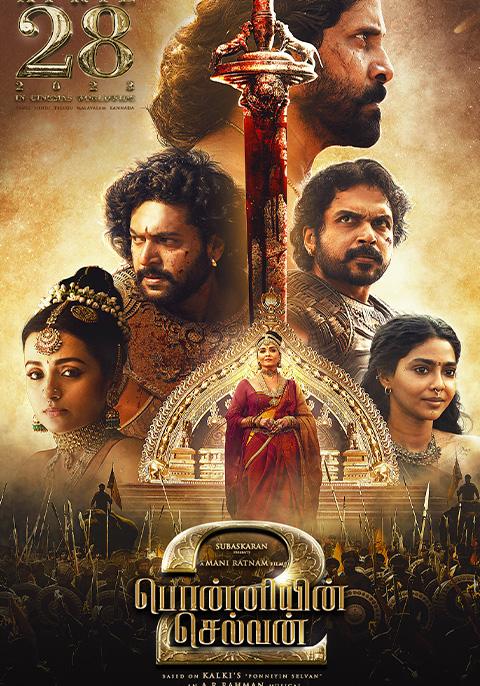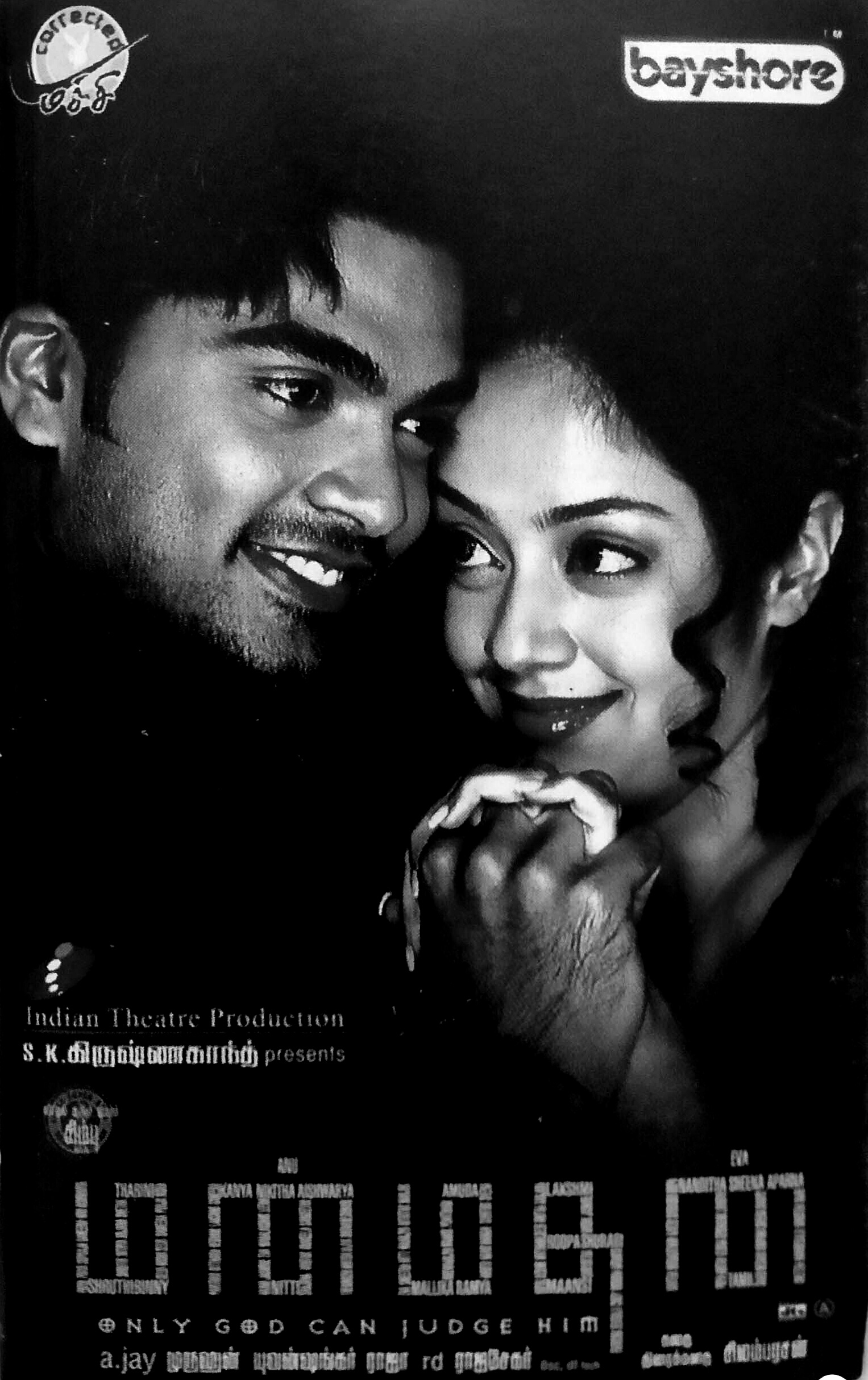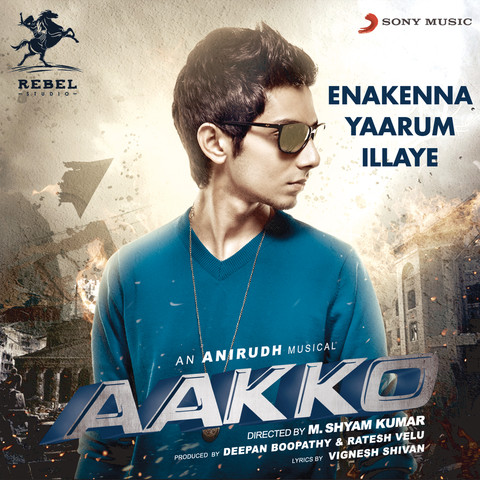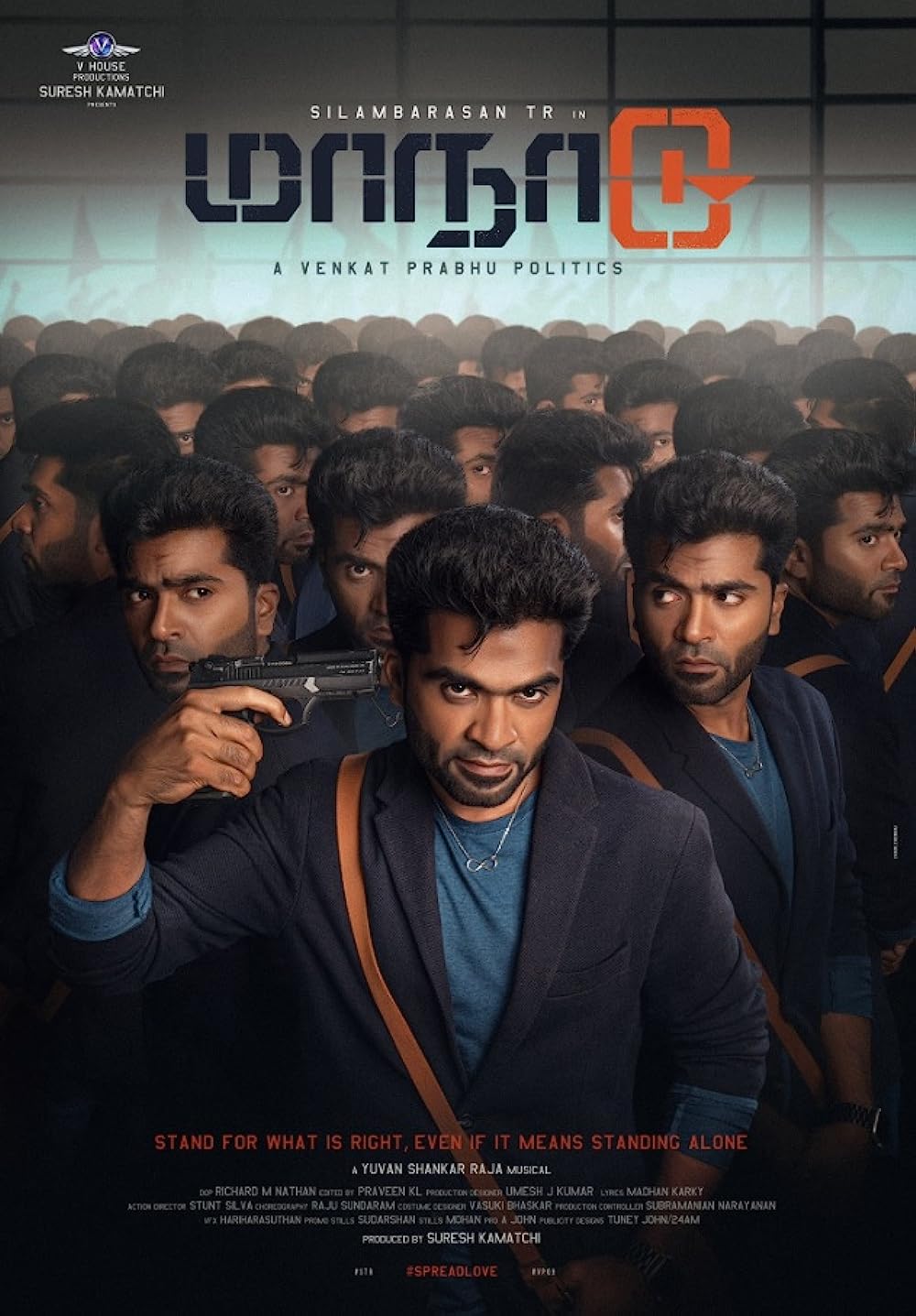Ponniyin Selvan: Part Two
Diving into the world of historical fiction, “Ponniyin Selvan: Part Two” brings to the screen a tale of romance, political intrigue, and power dynamics. Directed by Mani Ratnam, this film takes off from its predecessor, navigating a complex maze of relationships set against the grand backdrop of ancient India.
Plot Summary
The central theme of “Ponniyin Selvan: Part Two” hinges on an ill-fated romance between Aaditha Karikalan, the crown prince of the Chola dynasty, and Nandhini, the mysterious woman at the heart of numerous political machinations. The opening scenes transport viewers back to the early days of their relationship, highlighting the bittersweet nature of their love, which was both profound and, ultimately, tragic.
The progression of their romance doesn’t merely serve as an emotional core; it drives the narrative’s political undertones. For Aaditha Karikalan, choices, such as accepting an invitation to Kadambur palace, are deeply intertwined with his personal history with Nandhini. Concurrently, the film sheds light on Princess Kundhavai’s search for answers about Nandhini’s origins and Prince Arulmozhi Varman’s confrontations with the Pandiya rebels, seeking revenge for their king’s death, an event directly linked to Karikalan’s romance.
With a mix of romance, familial bonds, and political drama, the narrative maintains momentum. Particularly gripping are Vandhiyathevan’s attempts to thwart assassination attempts and his romantic exchanges with Princess Kundhavai.
Production
AR Rahman’s music heightens the tension in key sequences. The pre-interval scene is a testament to the film’s ability to depict chaos with clarity, ensuring the audience remains engaged.
The cinematography by Ravi Varman becomes particularly notable during moments shared between Karikalan and Nandhini. The use of close-ups brings out the raw emotions of the characters, making the audience feel the weight of their past and the consequences of their choices. These choices in production, while ensuring the authenticity of the narrative, make it palpable for viewers.
The film’s climactic sequences, although emotionally charged, might leave audiences craving a bit more. It leans into a more serious tone, focusing more on the personal dramas of historical figures rather than the grandeur of palace politics or epic battles. The concluding war scene might satiate some of the audience’s desire for action, but it’s evident that the emphasis remains on the film’s characters and their internal conflicts.
Conclusion
“Ponniyin Selvan: Part Two” presents a rich tapestry of emotions, politics, and personal dilemmas. While it adheres to the spirit of its literary source, the film makes conscious choices to adapt and cater to a cinematic audience. With a story rooted in interpersonal drama, it offers a unique perspective on historical events, underlining the idea that behind grand tales are deeply personal stories of love, betrayal, and sacrifice. The end, although it might feel understated to some, brings the narrative full circle, emphasizing the sacrifices made for the greater good.
For more such content, Visit the official page of Deepan Boopathy.





